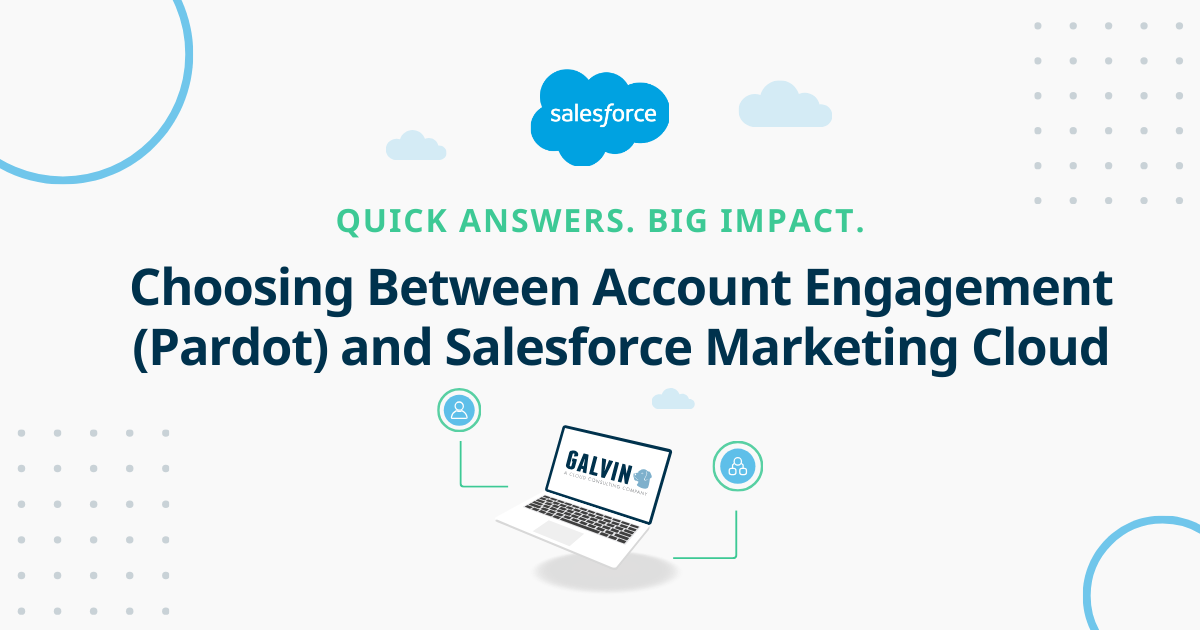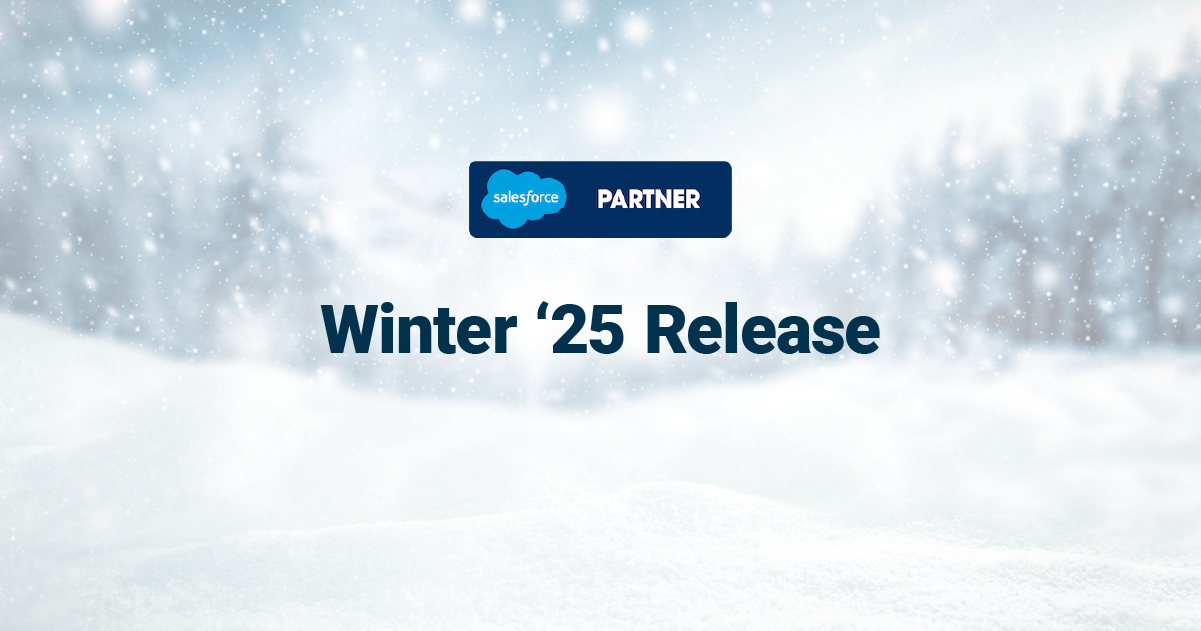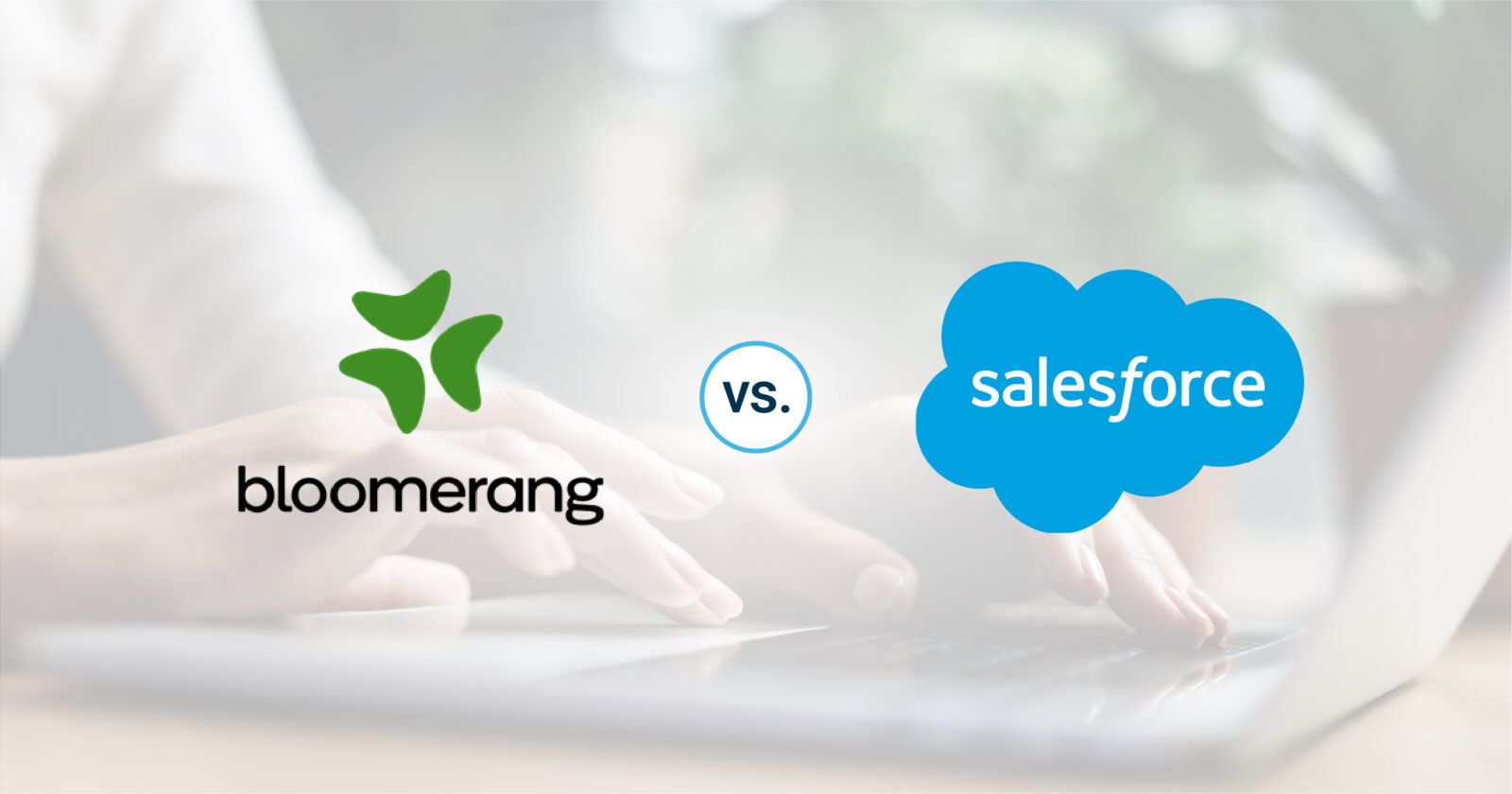How to Use the Salesforce Campaign Object for Effective Event Management

Here’s how you can use the Campaign object in Salesforce to manage events effectively:
Setup and Configuration
- Enable Campaigns: Ensure that Campaign functionality is enabled in your Salesforce org.
- Set Campaign Record Types: Create a specific record type for events if needed, to distinguish them from other campaigns like fundraising or marketing.
- Customize Fields: Add custom fields to track event-specific details like venue, date, time, capacity, or cost.
- Campaign Hierarchies: Use parent-child Campaign hierarchies to group related events under an overarching campaign.
Event Planning and Management
- Create an Event Campaign: Start by creating a Campaign record for the event. Include key details like event name, type, start and end dates, and description.
- Budget and Costs: Utilize fields like Budgeted Cost and Actual Cost to track event finances.
- Member Management: Use the Campaign Members object to track individuals (Leads or Contacts) who are invited, registered, or attended the event.
- Member Status: Define member statuses (e.g., Invited, Registered, Attended, No Show) to track participant engagement.
Invitations and Registration
- Mass Email Invitations: Use tools like Marketing Cloud Account Engagement (formerly Pardot) or Salesforce Email Campaigns to send event invitations.
- Landing Pages and Forms: Integrate with Experience Cloud or a third-party form tool to collect RSVPs or registrations. Map the responses directly to Campaign Members.
Event Day Management
- Check-In: Use Campaign Member status updates or integrate a check-in tool to track attendance in real-time.
- Print Reports: Generate attendee lists, name badges, or seating charts from Campaign data.
Post-Event Follow-Up
- Analyze Results: Use Campaign ROI and reports to evaluate the success of the event (e.g., attendance rates, costs, and revenue).
- Send Thank-Yous: Follow up with attendees using personalized emails or direct mail, logged via the Campaign.
- Convert Leads: For prospect attendees, convert Leads to Contacts and associate them with the Campaign.
Automation and Scalability
- Automation with Flows: Automate repetitive tasks, such as updating Campaign Member statuses or sending event reminders.
- Integrate Tools: Connect Salesforce with event management tools like Cvent or Eventbrite for seamless tracking.
- Utilize Reports and Dashboards: Create custom dashboards to monitor event KPIs in real-time.
Best Practices
- Use Hierarchies for Recurring Events: Group recurring or multi-session events under a parent Campaign for consolidated tracking.
- Segment Campaign Members: Use Campaign Member fields to create targeted follow-up lists.
- Sync with Marketing: Align Campaign usage with marketing strategies to ensure consistent branding and communication.
These steps make the Campaign object a powerful tool for managing all aspects of your events! Let me know if you’d like details on any specific area.
TALK WITH A SALESFORCE CONSULTANT TODAY?
We’d love to work with you on your Salesforce needs. Our team of certified Consultants can work closely with your team to close more deals. Call us at 317-297-2910 or complete the form below.







